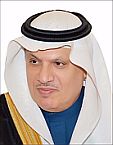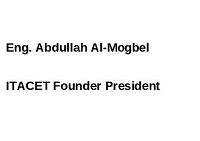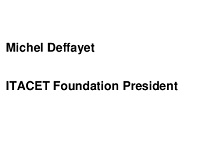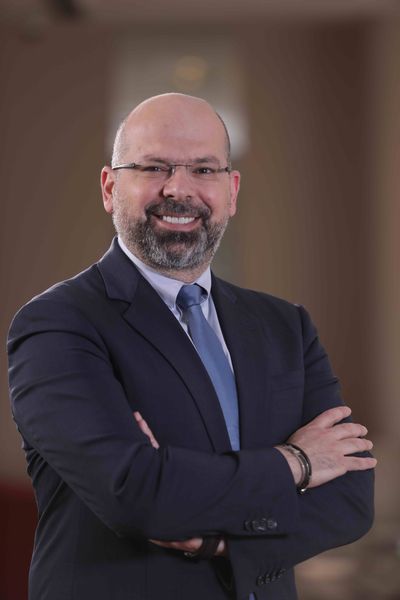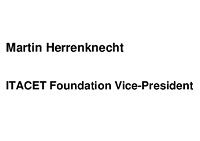
75 participants from 25 different countries!
For almost a decade now, the ITACET Foundation has been organizing training sessions within the scope of the annual World Tunnel Congress, in collaboration with the host Member Nation and the ITA-CET Committee.
This year, the beautiful city of Naples was the backdrop for a two-day course entitled “Tunnelling 4.0”: Information Technology for the Design, Construction and Maintenance of Underground Works”, organized for delegates as a pre-congress event on 3rd-4th May 2019. The event gathered 75 participants from 25 different countries.
The aim of the course was twofold: firstly to take a look at the most recent aspects of digital and information technology applications in the design, construction, maintenance and refurbishment of underground works and secondly to examine the ever-growing use of automation and virtual reality as tools to assist in monitoring, surveying and supervision of works.
The then ITA President, Tarciscio Celestino, (pictured right) opened the event by reminding the participants that it was thanks to the Association’s Young Members that Building Information Modelling (BIM) has become more widely known within the ITA. He pointed out that the initiative of Young Members to create WG22 (Information Modelling in Tunnelling) goes to show that older generations can sometimes learn from the young! The President of the Italian Tunnelling Society (SIG), M. Andrea Pigorini (pictured left) then went on to welcome all the participants.
The 21 international lecturers gave their presentations to a packed room of participants with varied profiles. Ilkin Abdullayev, for example, a student from Azerbaijan currently studying for a Master’s in Tunnelling and Tunnel Boring Machines at Politecnico di Torino, enrolled as he was particularly interested in the TBM-related aspects of the course. Kazuyuki Watanabe, from Japan, enrolled after enjoying a previous ITACET course 4 years earlier during the WTC in Croatia. He attended in order to get a first introduction to BIM and automation in tunnelling. Nishant Kumar Shrivastava fom India, said that despite not being able to stay on for the congress, he had made the trip to Naples just to attend the course. He stressed that he was aware of the growing importance of BIM and digitization in tunnelling and was eager to learn from practices in Europe and take this knowledge back to India. A final example is Jo Harnell, a young professional from the UK. After having attended a course on BIM for infrastructure, she explained that she is now eager to learn about how it can be used in tunnelling, as she considers that “BIM is where the industry is going”. She added that in addition to helping her gain additional knowledge, the course was also a good chance to network.
The various presentations led both participants and lecturers to raise interesting and thought- provoking questions during the open discussion at the end of each course session, such as “Who owns the BIM models – society or the client?” or “ How far away from machine learning are we?”. Other interesting issues regarding health and safety were raised. What happens for example if automation goes wrong and the machine cannot be overrun?
Thanks to the efforts of the both the lecturers and participants, this two-day event proved to be highly interesting, lively and instructive. The ITACET Foundation wishes to thank the organizers, the lecturers and all those who attended.
To see the detailed programme, please visit: http://www.wtc2019.com/conference/itacet-training-course
Right: Lecturers answering questions on the first day of the course.
Below left: A packed room!
Below right: Three participants proudly displaying their certificats of attendance
ITA Lecturers




